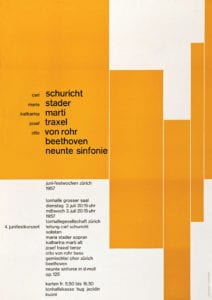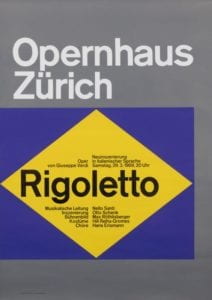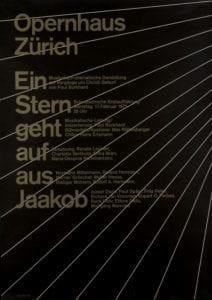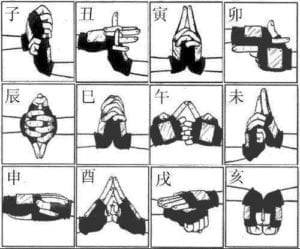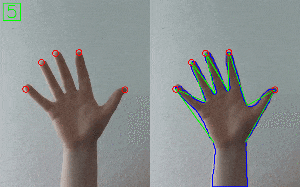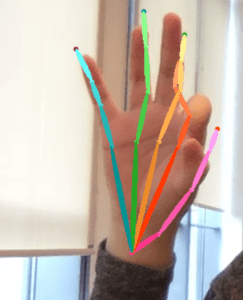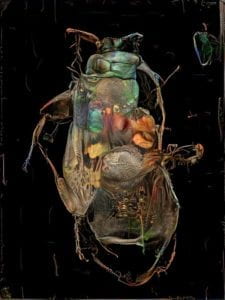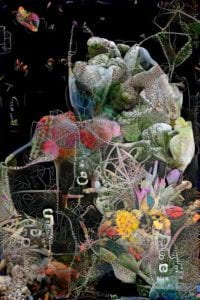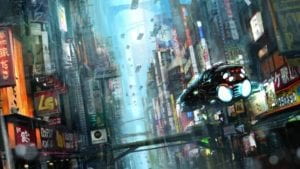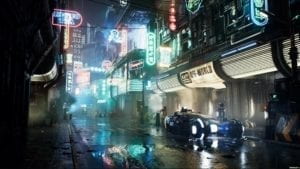Overview:
For this midterm project, I plan on creating a Meme-Generator. The user will interact with this machine by providing the machine with a quote or caption. The machine will then figure out the perfect photo for the given content.
Background & Inspiration:
Meme culture is continuing to be a major factor for the new generation of netizens. What started out as a joke is now a worldwide phenomenon, with every group of people displaying their sense of humor through captions and photos.
I found out about meme culture back in high school when it was still developing within the online forums. What amazed me was the versatility of memes in general. One picture could have multiple meanings depending on the context given by the caption. It was purely up to the creativity of the user.
Motivation:
Motivation for this project comes from the fact that everyone relates to memes and everyone has their own interpretation of memes. But I pondered a question: How can machine learning and AI help in the creation process of the meme?
It seems to me that a majority of the people in the meme culture are purely consumers. Most people have never made a meme in their life but they find joy in consuming community-made memes. I found that people will likely interpret the meme from what is already given by the creator: a caption and picture. Most people do not stop to think that a different picture can give the same or more comedic value. I think that through machine learning we can test this theory.
Another motivation is to try and test how well machine learning and AI can be used to provide humor or context. Humor is something that is inherently a human function. We see something as humorous when we can imagine the context. In other words, our brains and imagination count for a large portion of our perceived humor. I want to explore just how significant is our imagination in this process by allowing the machine to pick a portion of the context – the photo/image.
How to build and potential problems:
It is possible to create this machine if we can teach it to recognize certain words that are most commonly related to the specific meme image. It would be a process of assigning words to the photos and comparing the caption given by the user to see which photo fits best.
Some potential problems that I can see is misinterpreting the content of the quote. During the earlier weeks in class, we were able to play around with a ml5 that detected the sentiment of a sentence. The technology wasn’t able to detect sarcasm and thus unable to correctly interpret the given sentence. Similarly, this model might run into the same issues.
Ideal Project:
Ideally, I would like the project to be able to give correct images to the quotes.
